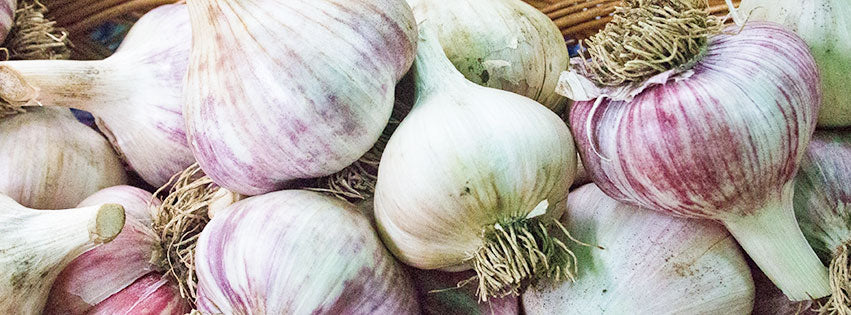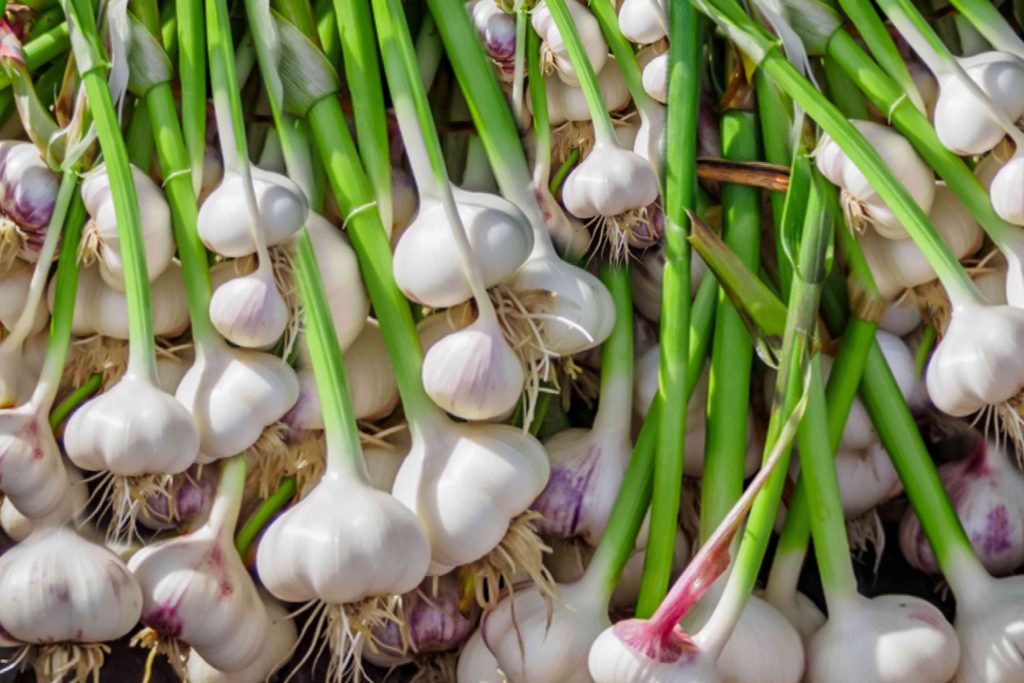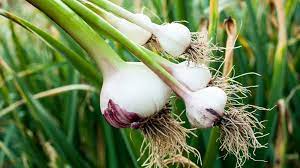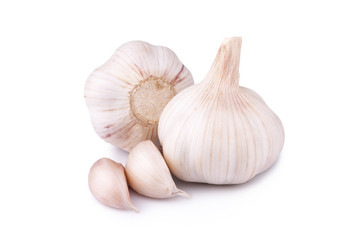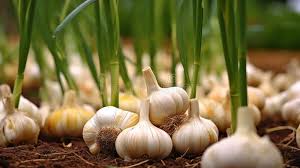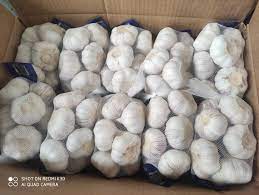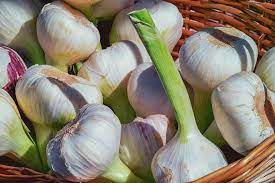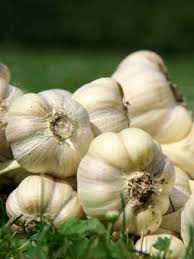Garlic Farming in Kenya: Best Garlic Varieties in Kenya
Are you in need of in-depth knowledge on onion and garlic production? If yes, we are a call away. Contact us for: Onion seedlings, Garlic seedlings, Germinated garlic cloves, Farm planning services, Soil testing, training on onion and garlic growing, Drip irrigation installation and maintenance, Agronomic support, Onion and Garlic value pack and Farm management. For free consultation, placing orders or booking a visit with an agronomist, please contact us via Call or what’s app +254703982228, Email: Info@oniondoctor.co.ke. You can also check out our social media handles for daily updates on TikTok: https://www.tiktok.com/@oniondoctorke?_t=ZM-8wmsTu0qumO&_r=1 Instagram: https://www.instagram.com/oniondoctorke?igsh=MTVoaHF3aWUydTJzaQ==Facebook:https://www.facebook.com/share/16SwgYn2dG/ Youtube:https://youtube.com/@oniondoctorke?si=u5Jnd-r0qU9UDYqL and Twitter: https://x.com/OnionDoctorKe?t=FR3JXlS_oN1vjjUgAtfyzg&s=09 In Kenya, several garlic varieties can be successfully grown. The choice of the best garlic variety depends on factors such as local climate, market demand, and personal preference. Here are a few popular garlic varieties that have been known to perform well in Kenya: Garlic varieties that Grow in Kenya Three main varieties of garlic grown in Kenya are; Soft-neck variety The most common Garlic varieties grown in Kenya are soft-neck. It has a paper-like skin and is white. It is widespread in the Kenyan market as a result. On each head, this variety yields fewer big cloves. It has a strong scent and is also powerful and delicious. Examples include Rwandan giant,Arusha Hard-neck variety The flavor and smell of hard-neck garlic are powerful and sweetly fragrant. Each head’s cloves will be bigger and fewer. Its skin can be easily and quickly removed. For the Kenyan market, it is typically not preferable because it is quickly perishable. Elephant garlic variety Elephant garlic has a massive head made up of enormous cloves. These may be discoverable at supermarket shops. You may add elephant garlic to your food to give it a gentle flavor and aroma. Examples include Moyale,Ethiopia giant. Onion Doctor supports small holder farmers across Africa with quality and affordable Onion and Garlic seedlings, Onion seedlings, Farm planning services, Soil testing, Drip irrigation installation and maintenance, Agronomic support, Onion and Garlic value pack, Farm management, E-extension and on-farm training for farmers to optimize on yields and get maximum profits.

